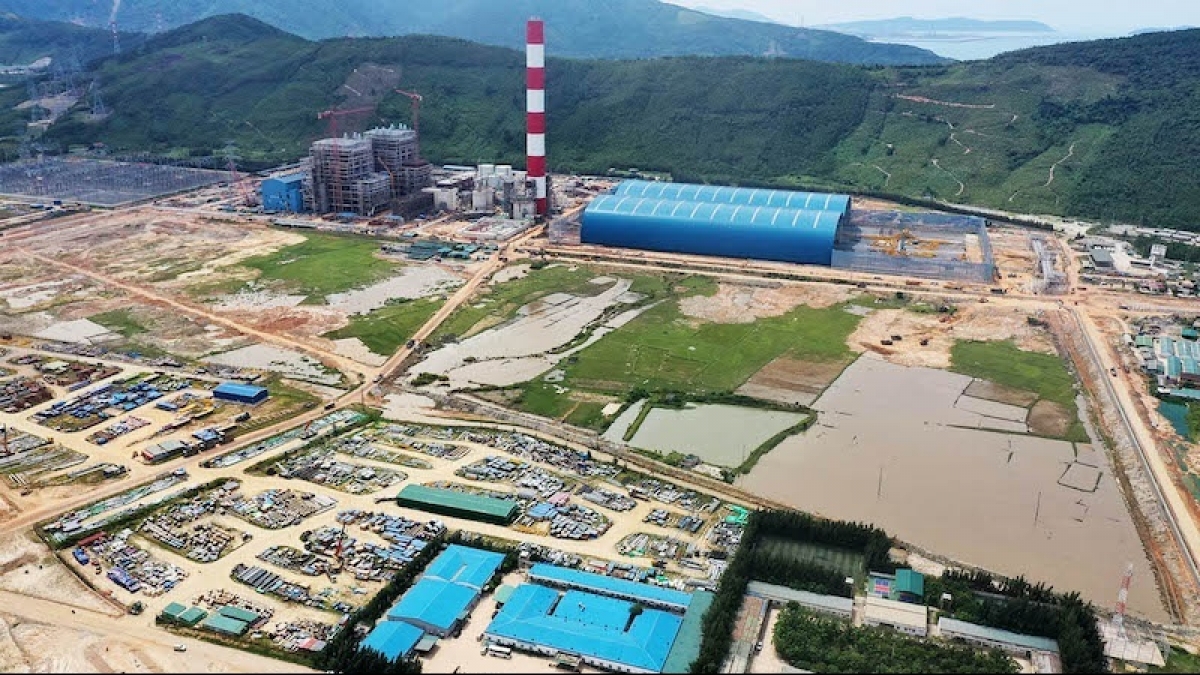INTERNATIONAL INVESTMENT
AND PORTAL

"Finding 50 hectares of contiguous land in the Mekong Delta for high-quality, low-emission rice cultivation presents significant challenges. I have surveyed extensively, but it's difficult to find and gather 50 hectares from 40 households as some agree to participate while others do not," said Ngo Xuan Chinh, deputy director of the Centre for Agricultural Research and Technology Transfer at the Southern Institute of Agricultural Science and Technology (IASVN), during the "2024 Green Agriculture Investment Development Forum" on July 30.
Chinh is among the experts involved in the "One million hectares of high-quality, low-emission rice" project in the Mekong Delta, set to be completed by 2030.
According to the IASVN, green agriculture involves production methods that balance agricultural development with natural resource protection, aiming for sustainable development and ecosystem balance. Implementing this requires smart farming practices, organic fertilisers, reduced chemical use, efficient irrigation, and technology for management.
At the fourth United Nations Food Systems Summit in 2023, Vietnam reiterated its goal of becoming a transparent, sustainable food producer and supplier, meeting food security and export requirements.
Significant green agriculture projects in Vietnam include the 200,000-hectare sustainable rice-shrimp model in Ca Mau, Kien Giang, Hau Giang, and Tra Vinh provinces, and mechanised straw collection for mushroom cultivation in Dong Thap, Tien Giang, and Hau Giang provinces.
Experts believe that while green agriculture is developing strongly, it has not yet reached its full potential. Sustainable production requires large-scale farming areas, yet agriculture in Vietnam remains largely fragmented.
According to the General Statistics Office's 2020 mid-term rural and agricultural survey, the average Vietnamese household owns 2.8 plots of land, equivalent to 2,026 square metres, significantly less than other countries in the region.
Le Minh Dung, chairman of the Ho Chi Minh City Farmers' Association, acknowledged that small-scale production is one of the challenges for green agriculture.
"We need to continue encouraging farmers to form groups, clubs, and cooperatives. Only through collaboration can green agricultural models be expanded," he said.
Chinh said that solving the issue of green production areas requires large-scale planning.
"Currently, there is no specific plan or separate policy to support organic production; it is mainly integrated into other programmes," he said.
In addition to fragmented farming, green agriculture development faces challenges such as lack of infrastructure and policies related to reducing emissions in the processing of agricultural by-products or livestock. For instance, the "One million hectares of high-quality, low-emission rice" project aims for 100 per cent of straw to be removed from fields and recycled to create added value, replacing on-site burning which causes carbon emissions. However, only an estimated 10 per cent of straw in Vietnam is collected and recycled.
Product demand is another barrier.
"Domestically, it's not that people in Ho Chi Minh City and other places can't afford organic products, but they don't trust them," Chinh said. "Therefore, it is necessary to develop traceability technology systems and promote organic labels, so customers can be informed and confident."
For the export market, Tran Chi Dung, secretary general of the Vietnam Logistics Service Association (VLA), mentioned that the association is piloting several hubs between the West Coast (US) and Vietnam to facilitate tax, customs, and quarantine procedures for agricultural products. "When international market access is smoother and higher requirements are met, domestic producers will be compelled to adopt better farming standards," he said.
In the first half of the year, the total export turnover of agricultural, forestry, and fishery products reached $29.2 billion, up 19 per cent compared to the same period in 2023.
Hoang Quang Phong, vice chairman of the Vietnam Chamber of Commerce and Industry (VCCI), predicted that the annual turnover could reach $57-58 billion, $2-3 billion higher than the government’s target. "Agriculture has truly become an important pillar of the economy and is increasingly expected to lead the green development trend," he said.
 Vietnam considers differential solar rates for north
Vietnam considers differential solar rates for north The Ministry of Industry and Trade is to assess the feasibility of raising the purchase rate for excess electricity to 20 per cent in the northern region - double that proposed for the rest of the country.
 Circular agro-economy taking flight
Circular agro-economy taking flight The Vietnamese agro-forestry-fishery sector is building its own circular economy through enhancing international cooperation and multi-sectoral coordination.



















